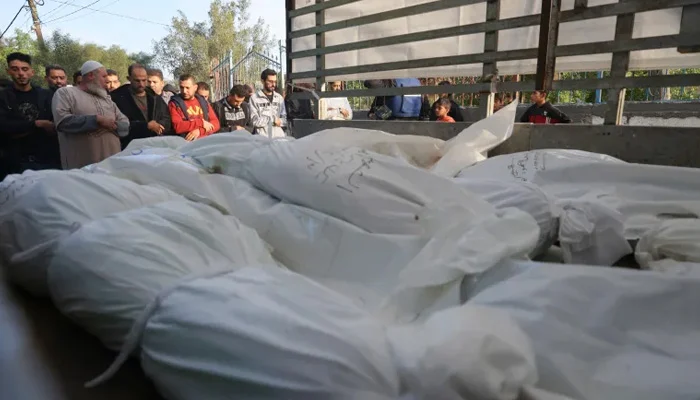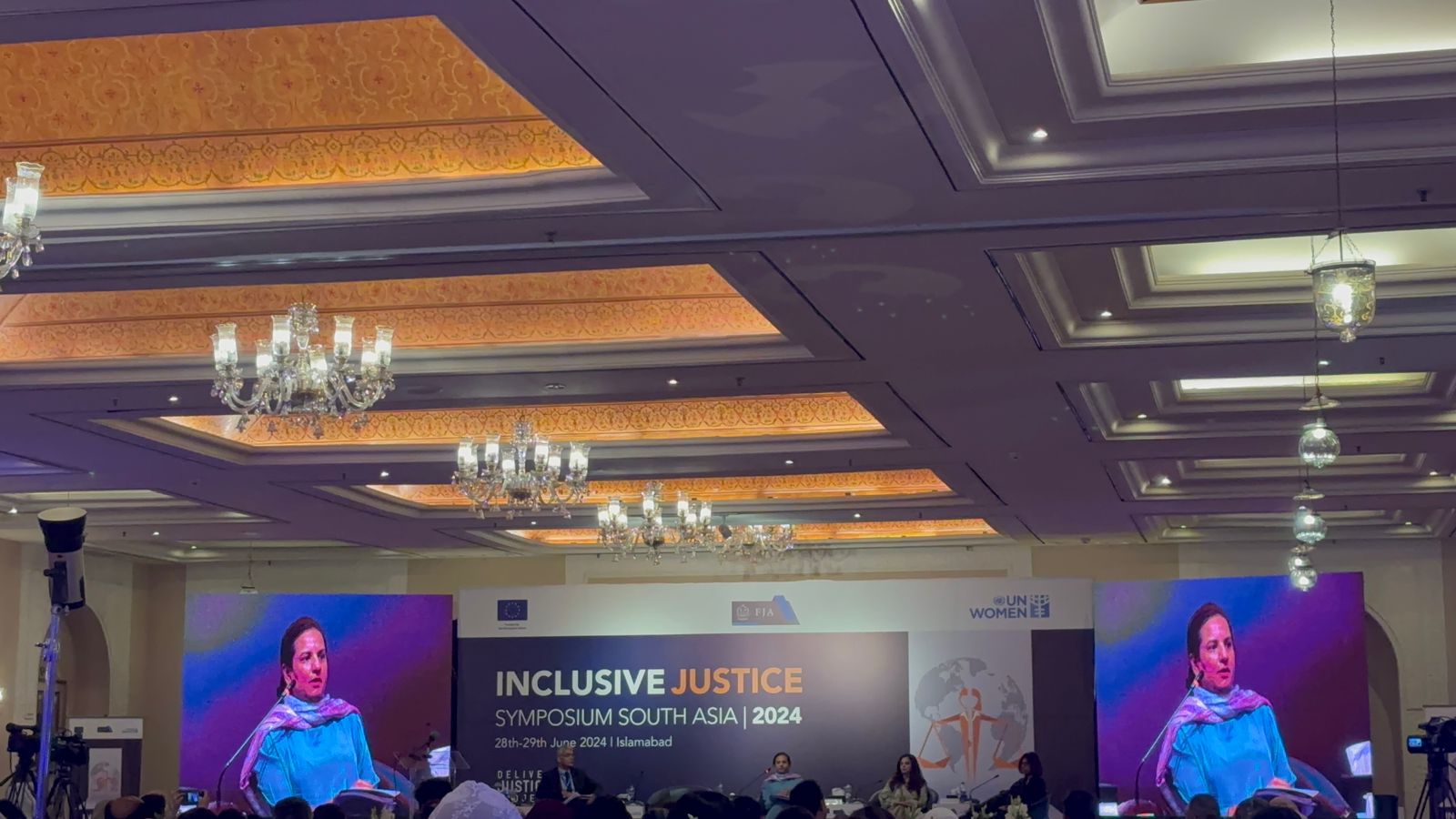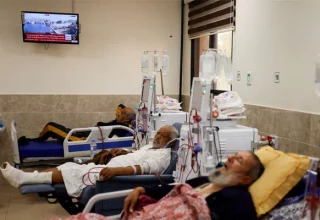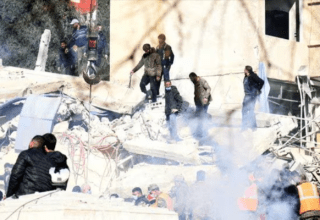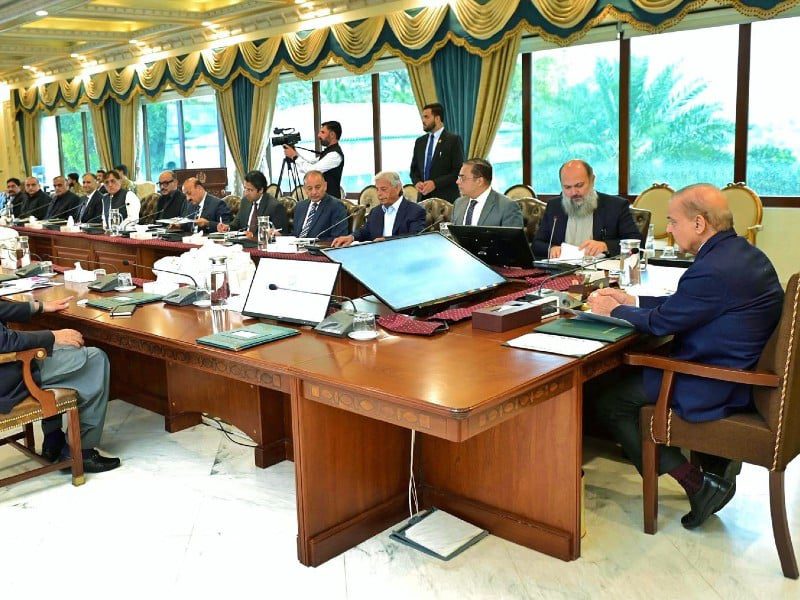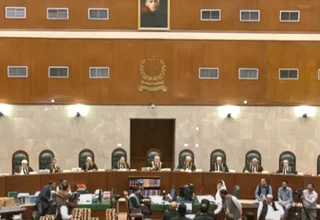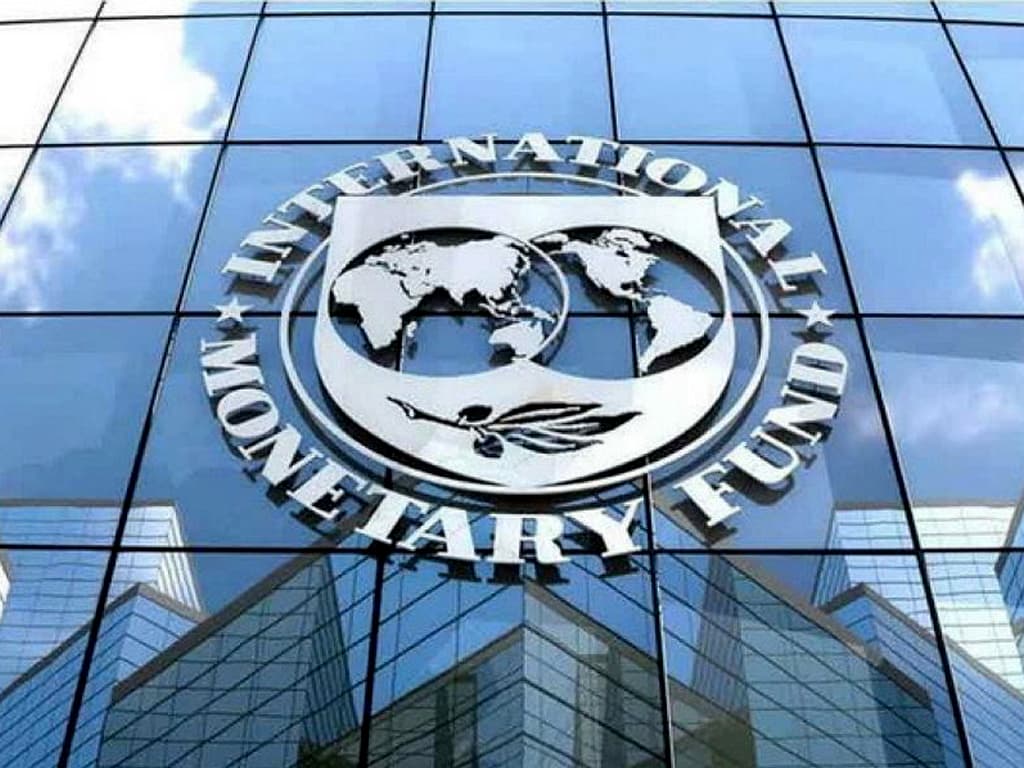Humanitarian crisis worsens in Gaza as Israel-Hamas fighting resumes
Tens of thousands of internally displaced Palestinians have arrived in Gaza’s southernmost governorate of Rafah over the past two days, the United Nations Office for the Coordination of Humanitarian Affairs (OCHA) said in a statement early Tuesday (local time).
“Given that shelters in Rafah city have exceeded their capacity by far, most newly arriving IDPs [internally displaced persons] have settled in the streets and in empty spaces across the city, where they erected tents and makeshift shelters,” the statement read.
The movement comes after the Israeli military said on Sunday it was expanding its ground operations to the whole of the Gaza Strip.
Out of about 1.8 million displaced people across Gaza, almost one million are sheltering in the 99 facilities run by United Nations Relief and Works Agency for Palestine Refugees in the Near East (UNRWA) in the south, including in Khan Younis and Rafah, OCHA said as it warned of the spread of diseases in shelters.
“Due to the overcrowding and poor sanitary conditions at UNRWA shelters in the south, there have been significant increases in some communicable diseases and conditions such as diarrhea, acute respiratory infections, skin infections and hygiene-related conditions like lice,” the statement added.
Earlier on Monday, OCHA also said it had received reports of hepatitis outbreaks in refugee shelters in the strip.
Some context: The UNRWA previously said almost 1.9 million people, more than 80% of the enclave’s total population, have been displaced since the beginning of the war.
Only 100 humanitarian aid trucks entered Gaza on Monday, UN says
Only 100 trucks carrying humanitarian aid and 69,000 liters of fuel went into Gaza through the Rafah border crossing, the United Nations Office for the Coordination of Humanitarian Affairs (OCHA) said in a statement early Tuesday local time.
“This is well below the daily average of 170 trucks and 110,000 litres of fuel that had entered during the humanitarian pause implemented between 24 and 30 November,” the statement read.
OCHA added that aid distribution in Khan Younis “largely stopped” due to intense fighting, while limited aid distribution of mainly flour and water took place in Rafah.
Earlier on Monday, Israel’s Coordinator of Government Activities in the Territories (COGAT) said 180 aid trucks went into Gaza, claiming the volume of aid was similar to the amount Gaza received during the seven-day truce.
The trucks — carrying food, water, medical equipment and other supplies — were sent “at the request of the US Administration and in coordination with Egypt,” a spokesperson for COGAT said in a separate statement.
“All the equipment was inspected at the Nitsana Crossing before being cleared for entry into the Gaza Strip,” the statement said, referring to the location where Israel verifies the goods being transported before they can enter Gaza.
The volume of aid is similar to the amounts Gaza was receiving during the now-expired truce that lasted seven days.
COGAT also said two diesel fuel tankers were sent from Egypt to humanitarian aid agencies operating in Gaza.
“The admission of fuels, which are designated for the operation of vital infrastructure in the Gaza Strip, was coordinated and supervised by Israel,” it said.
Relation Times has reached out to The Palestine Red Crescent Society to ask about the receipt of the aid trucks in Gaza.
“More hellish scenario” to unfold if more aid doesn’t enter Gaza, UN warns
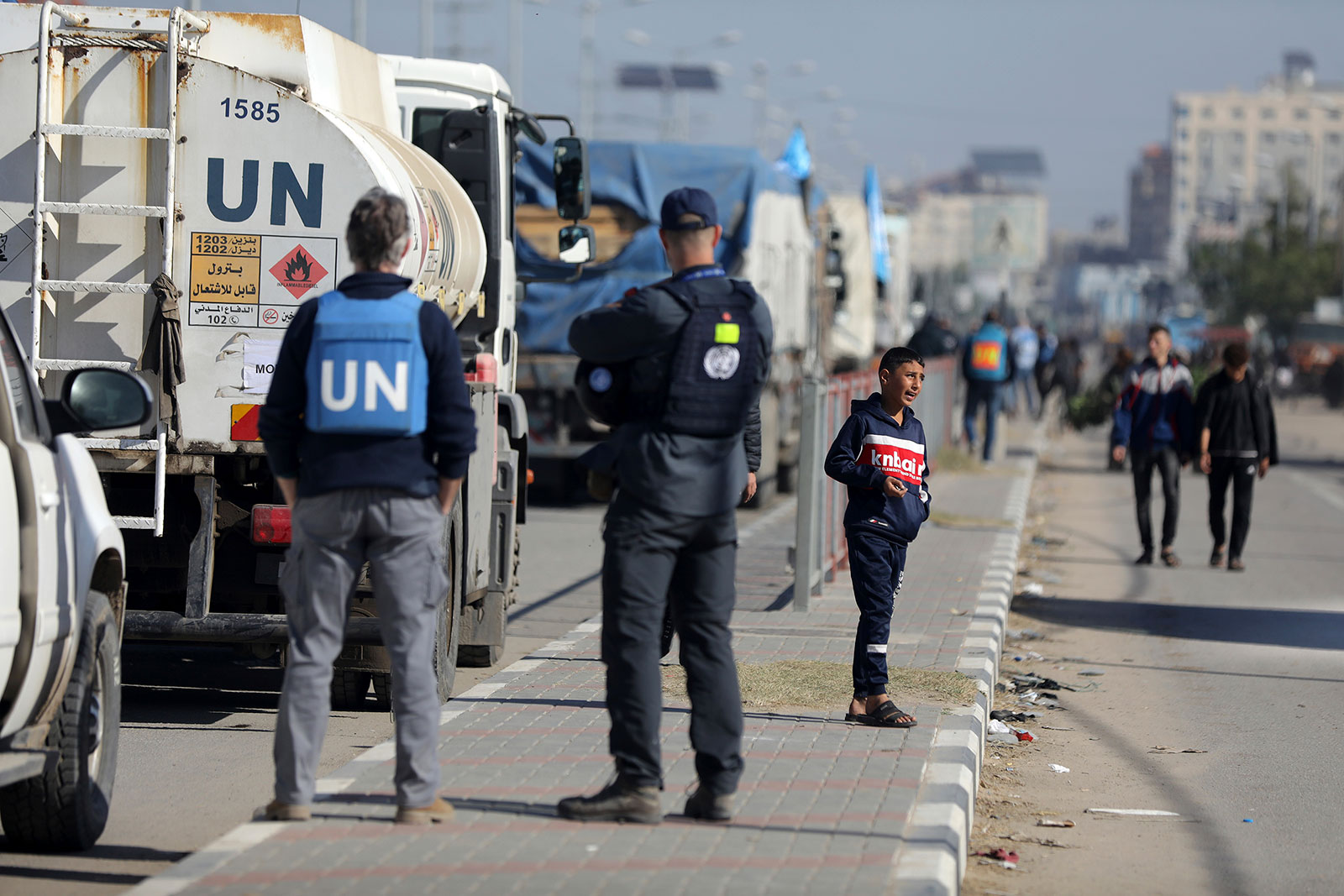
A “more hellish scenario is about to unfold” if more aid is not allowed to enter Gaza, UN humanitarian coordinator Lynn Hastings said in a statement on Monday.
The current amount of aid is insufficient and the conditions required to deliver aid to Gaza do not exist, according to Hastings, the Deputy Special Coordinator for the Middle East Peace Process and United Nations Resident Coordinator for the Occupied Palestinian Territory.
“If possible, an even more hellish scenario is about to unfold, one in which humanitarian operations may not be able to respond,” Hastings said.
The use of only the Rafah crossing to bring trucks of aid does not work, the UN said, despite the efforts of its agencies, the Egyptian and Palestine Red Crescent Society, and other partners.
The international body added Gaza’s health system is “on its knees” with a lack of clean drinking water, no proper sanitation and poor nutrition for people, and shelters with no capacity.
The situation amounts to a “textbook formula for epidemics and a public health disaster,” Hastings said. “Humanitarian operations cannot be kept on a drip feed of fuel,” she said, adding that fuel is required for hospitals, clean drinking water, sanitation, social services and UN operations, among others


